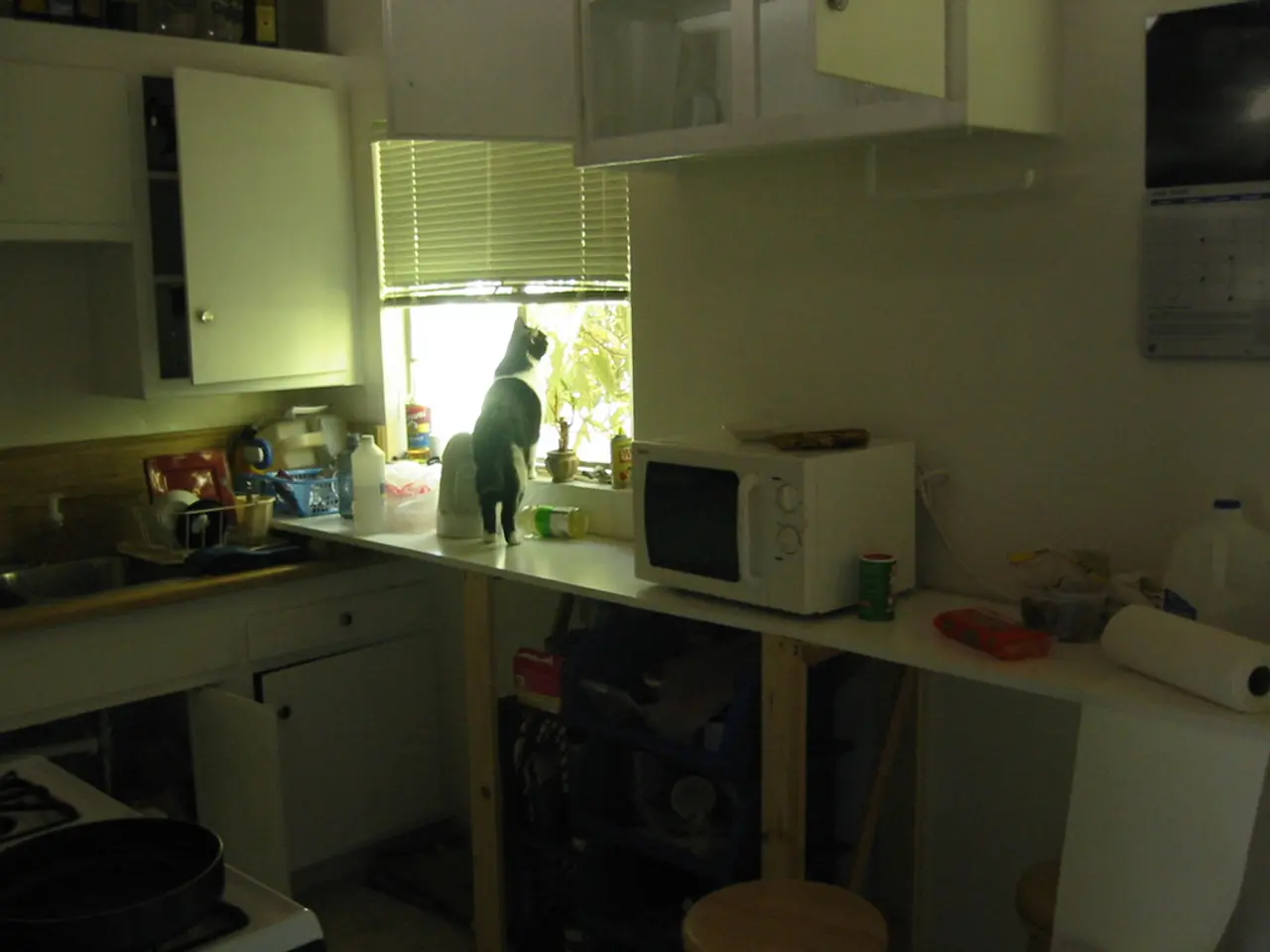German Energy Storage Soars: A Deep Dive Into Home & Utility-Scale Growth
Germany's Home Storage Capacity Expansion Persists in Full Swing
Germany's energy storage sector is undergoing a remarkable transition, with a colossal 150% increase in capacity over the previous two years. According to 1Komma5, the current installed capacity stands at approximately 20 GWh, up from around 8 GWh in May 2023, as reported in evaluations by RWTH Aachen [1]. This surge is driven predominantly by private homes and utility-scale projects, shaping the landscape of energy storage in the country.
A critical catalyst for this expansion has been the 2022 energy crisis, which gave the momentum a "strong boost" [1]. The monthly increase reached 600 MWh at times, as many homeowners sought independence from grid electricity due to soaring prices [1]. In fact, home storage systems account for 16.5 GWh of the total 20 GWh installed capacity, indicating a significant shift in energy consumption patterns [1].
The surge in home storage is largely due to the integration of batteries with rooftop solar systems, enabling households to maximize the self-consumption of renewable energy [4]. By storing excess solar power produced during the day for use at night or during periods of low solar output, homeowners can significantly reduce their energy costs [4]. Moreover, home storage systems offer grid support by providing flexibility to balance supply and demand during peak hours [4].
Despite the promising growth in home storage, 1Komma5 also highlights the untapped potential of using these systems for grid support [1]. By charging and discharging batteries in line with electricity supply, home systems and even electric car batteries can prevent network bottlenecks, representing a significant step towards Germany's energy transition [1].
In addition to home storage, utility-scale projects are growing rapidly. In 2024, large-scale systems added 1 GWh of capacity, doubling the cumulative total to over 2.3 GWh [4]. These systems, such as those commissioned by RWE at Hamm and Neurath, are vital for stabilizing the grid and supporting balancing energy markets [2].
However, several challenges remain. Germany’s grid is becoming increasingly congested as renewable energy capacity grows faster than transmission infrastructure [4]. Battery systems offer a promising solution, providing flexibility to buffer fluctuations from wind and solar power [4]. Evolving EU and national frameworks could further facilitate energy storage deployment by clarifying policies and streamlining permitting processes [4]. Meanwhile, the Capacity Market in Germany presents new revenue streams for Battery Energy Storage Systems (BESS), but not all developers are convinced of its benefits [3].
In conclusion, Germany's energy storage sector is on the cusp of significant growth, with both home and utility-scale projects contributing to the mix. By capitalizing on the untapped potential of grid support, the sector can pave the way for a sustainable, efficient, and resilient energy future.
[1] ntv.de, AFP[2] RWE[3] RenewablesNow[4] Morgan Stanley Research[5] International Renewable Energy Agency (IRENA)
- To further enhance sustainability and resilience in the energy sector, it would be beneficial to incorporate community policies that promote the use of vocational training programs for skilled workforce development in renewable-energy-focused industries, such as energy storage.
- As the energy storage industry grows, securing financing options for energy storage projects, including home storage systems and utility-scale projects, will be crucial in enabling the sector to tap into its full potential in terms of grid support and the self-consumption of renewable energy.




